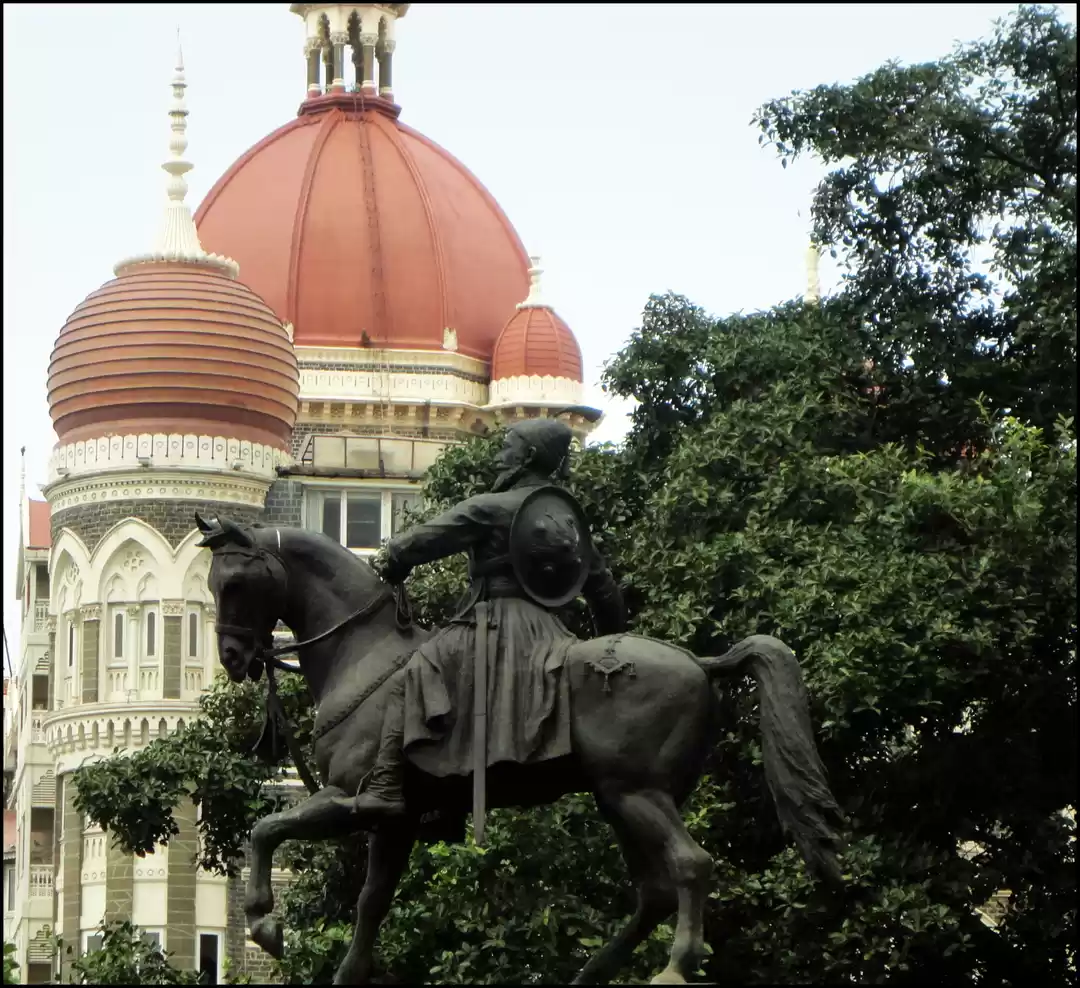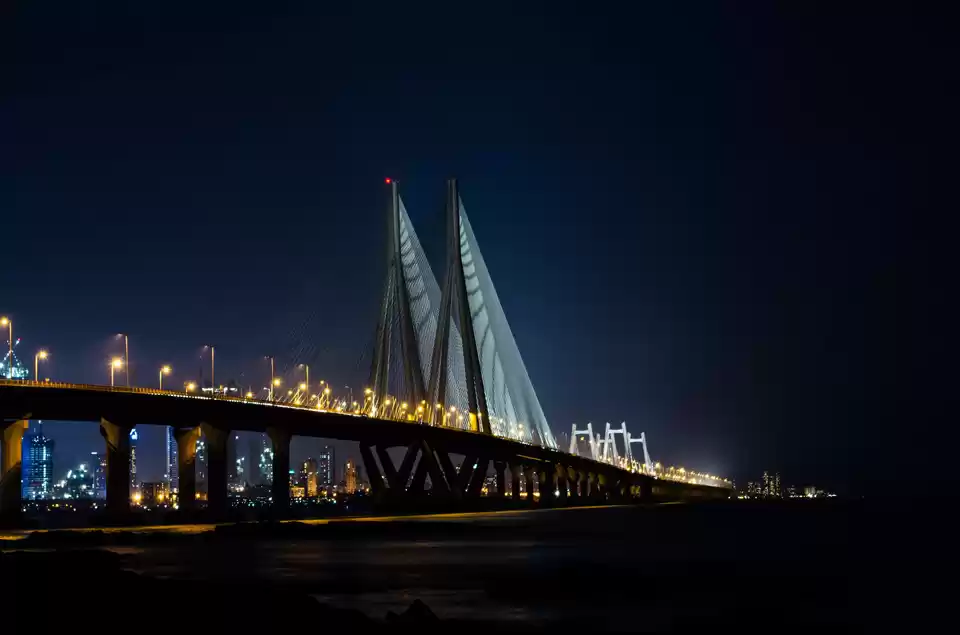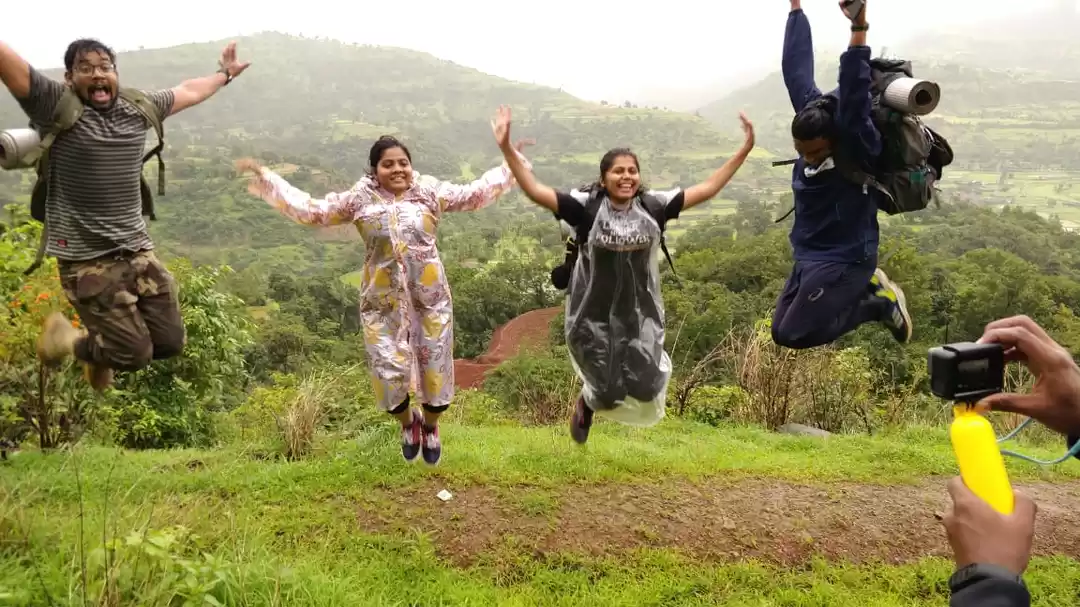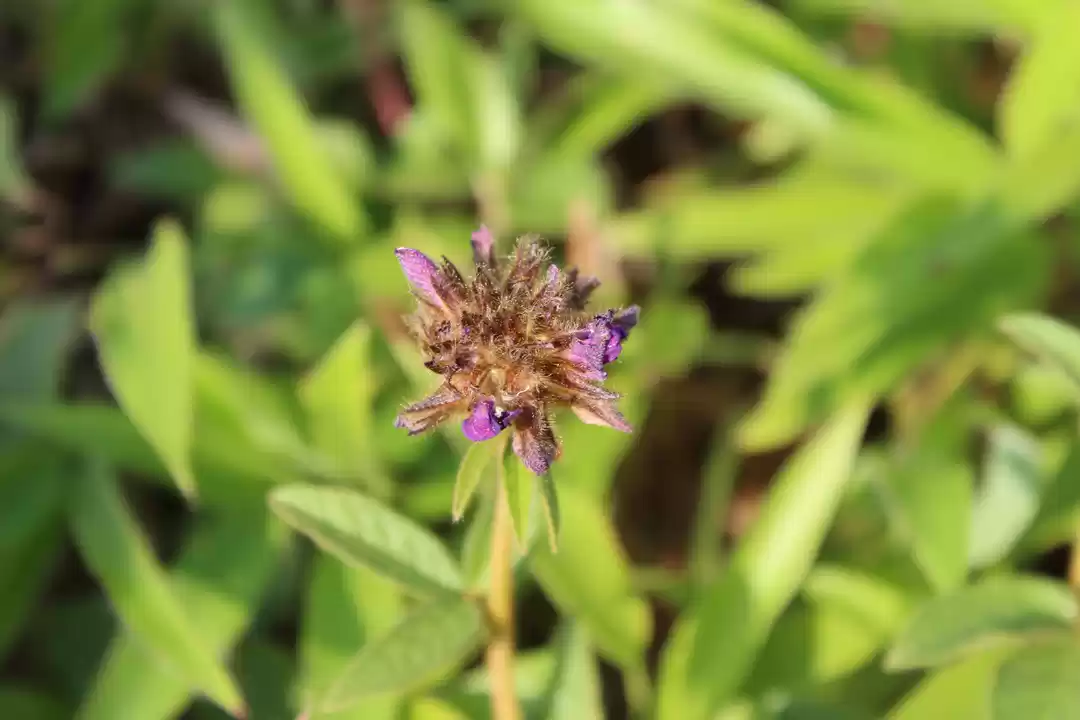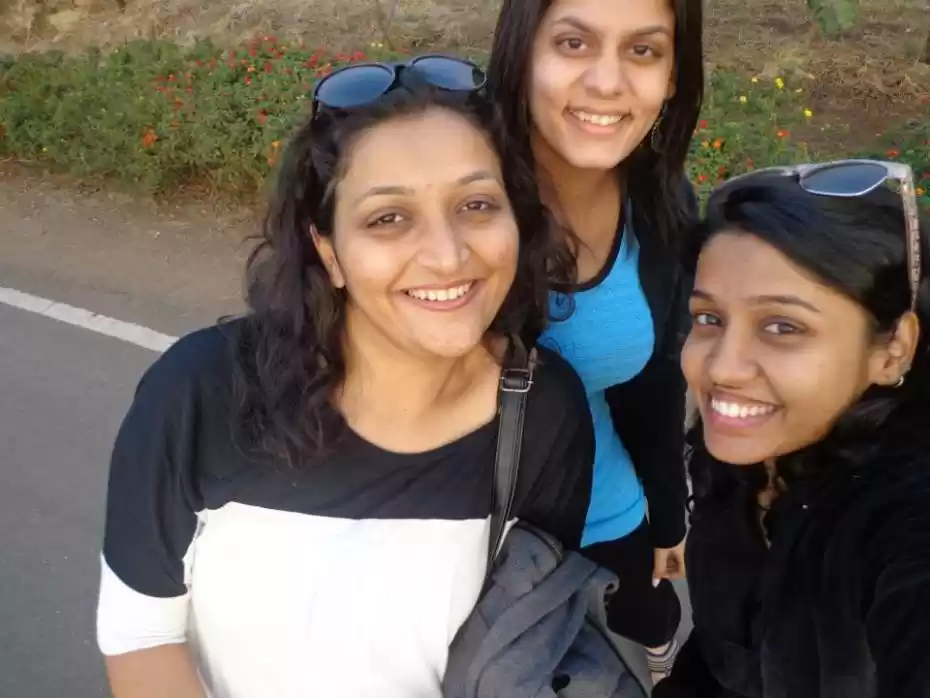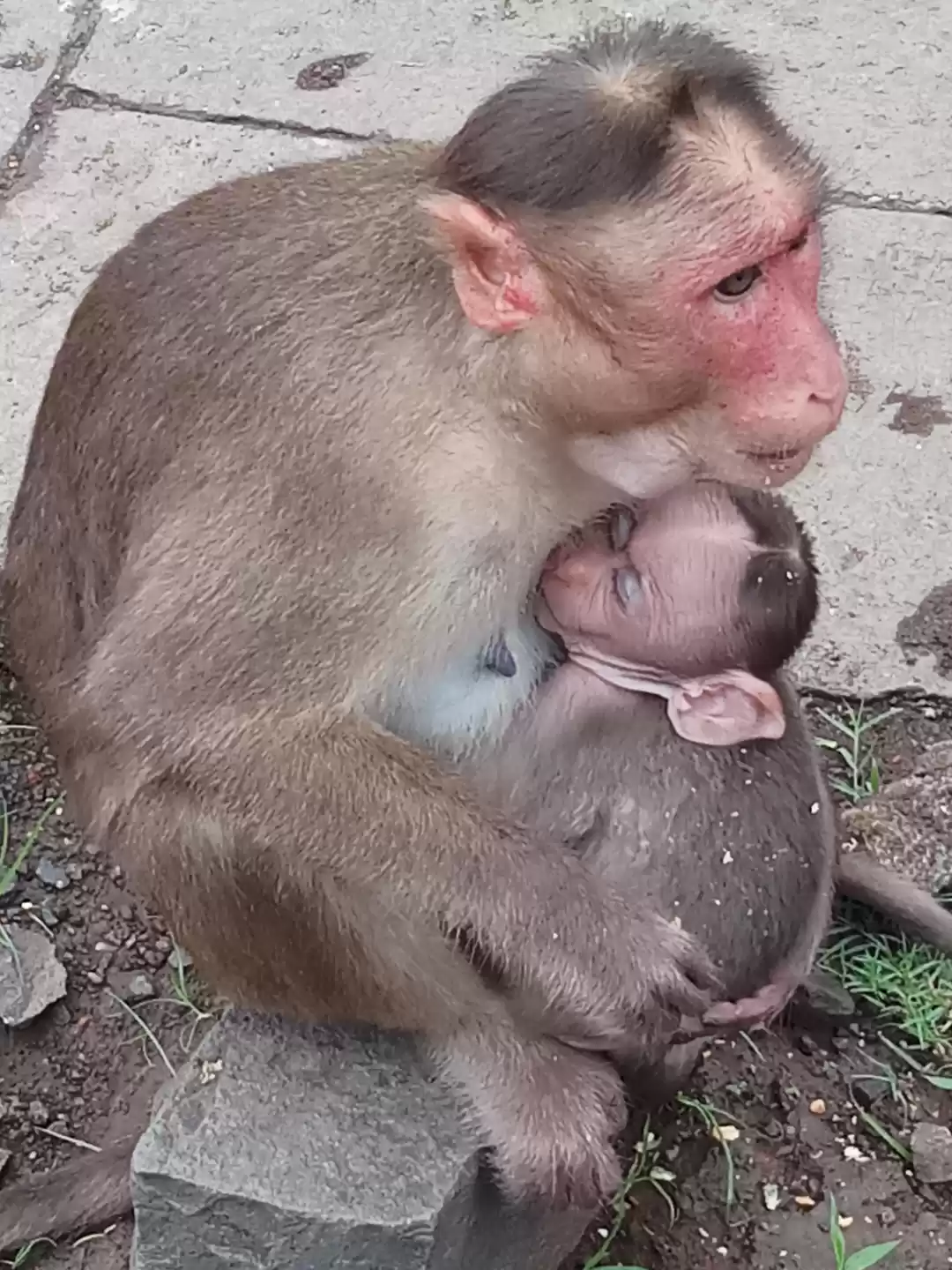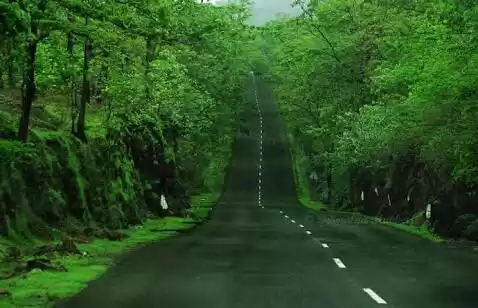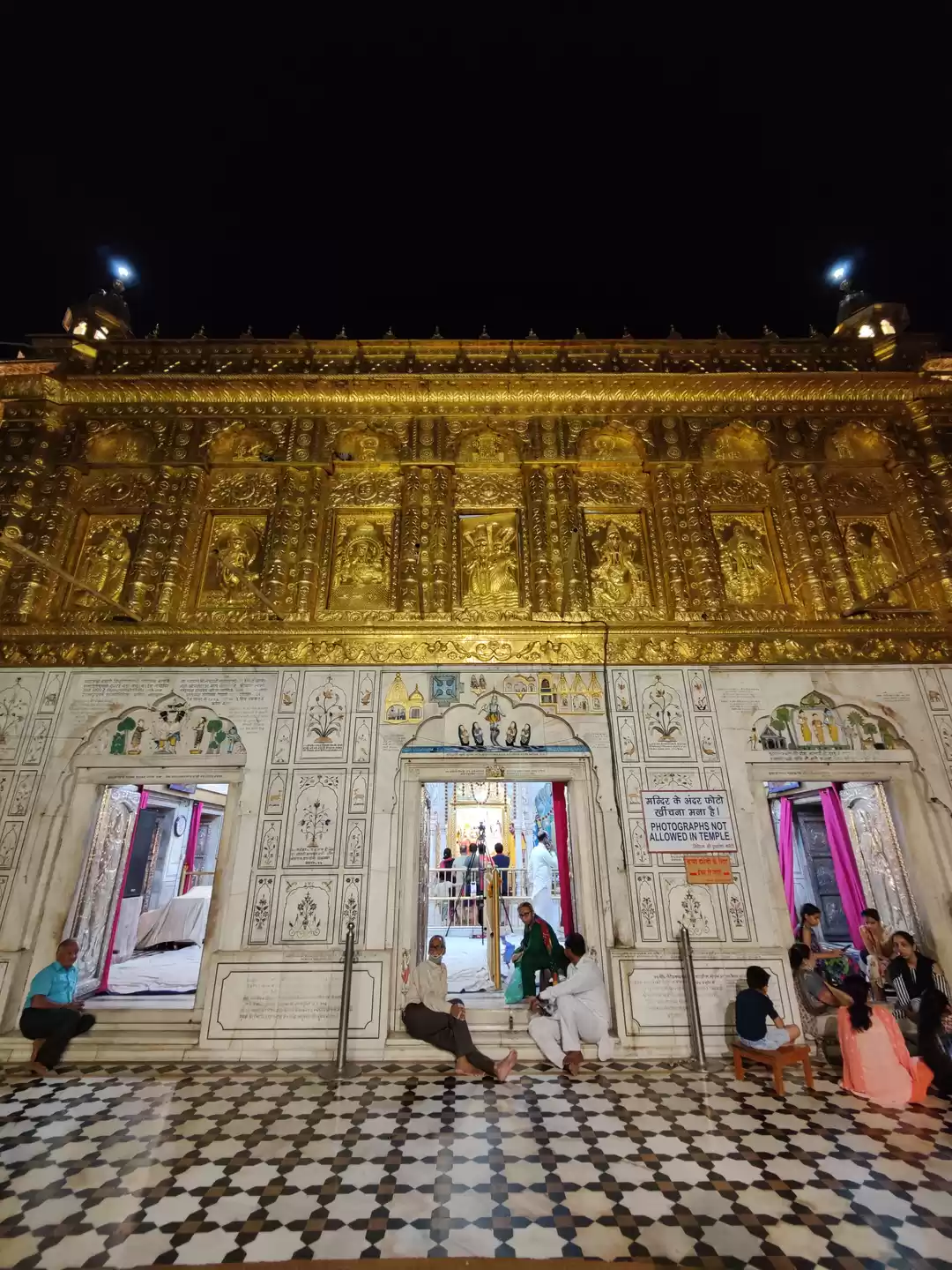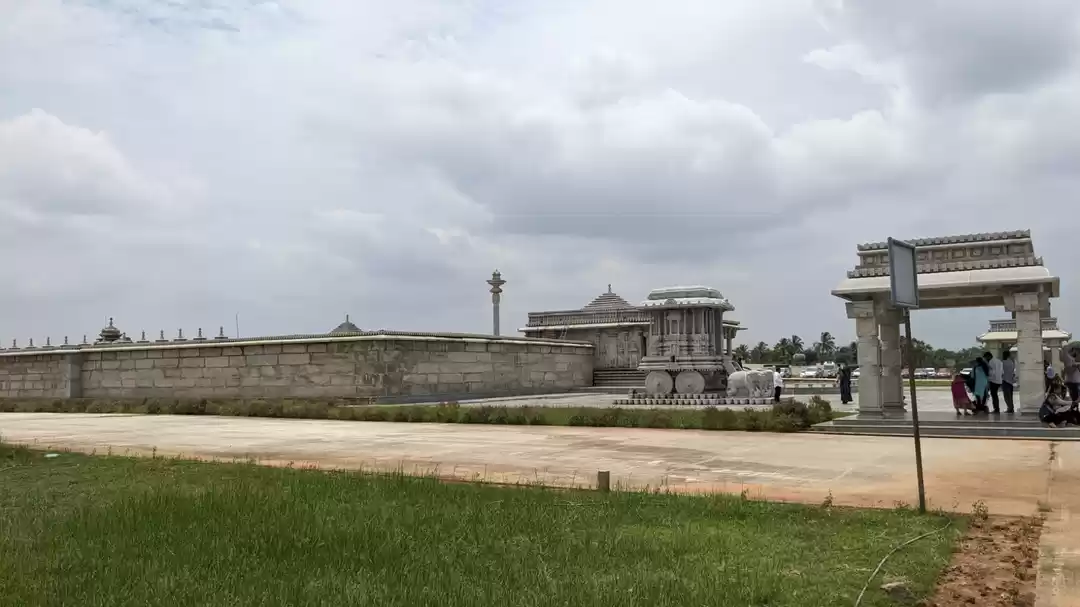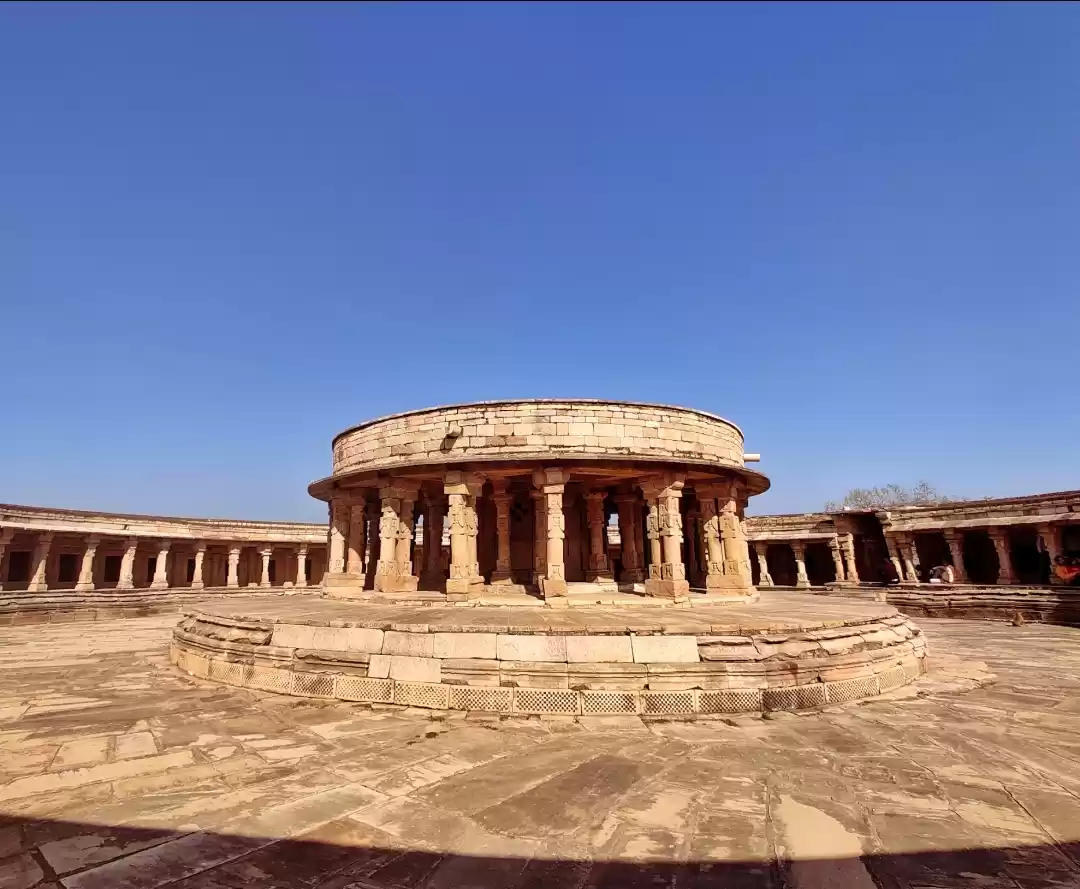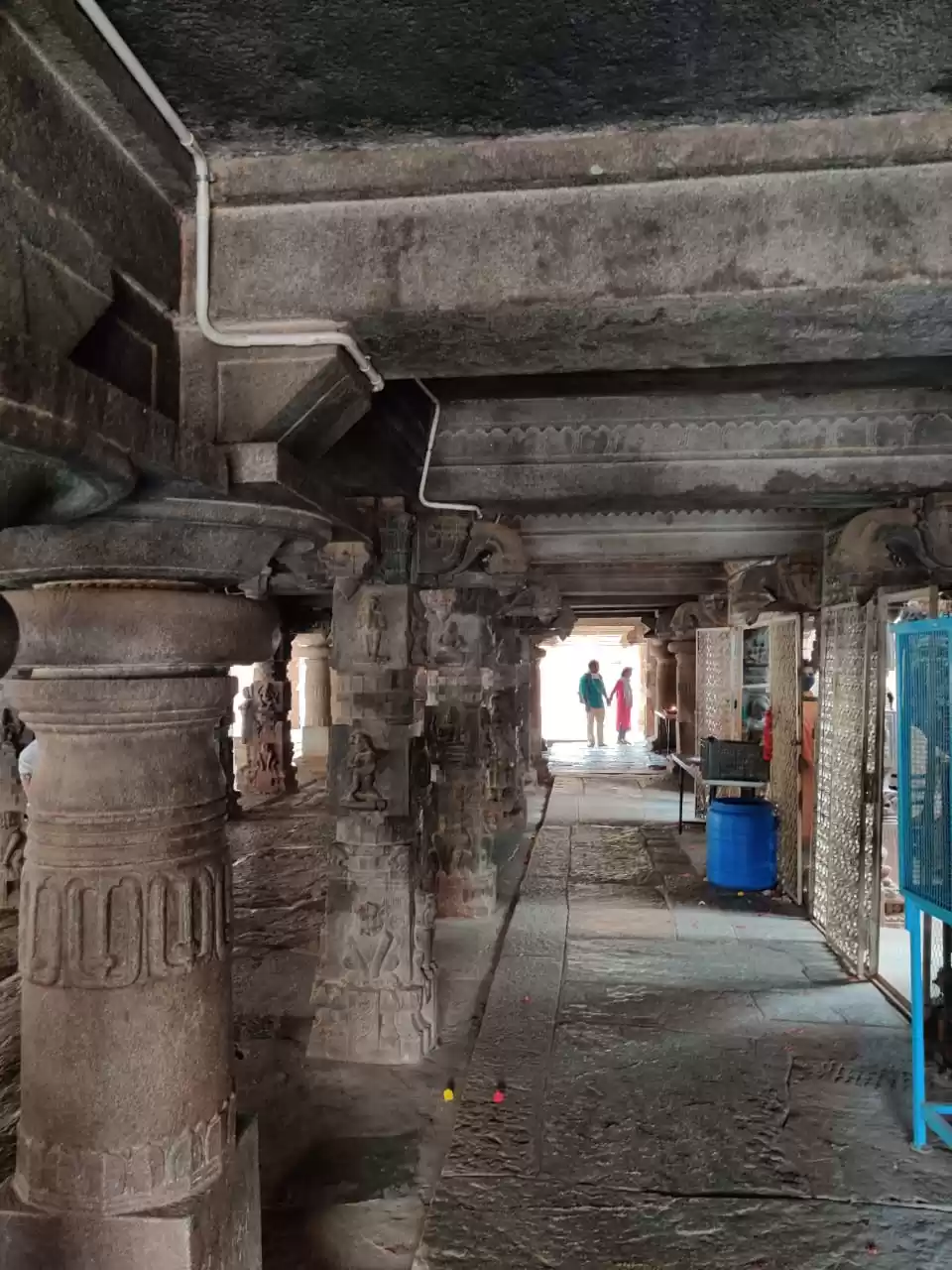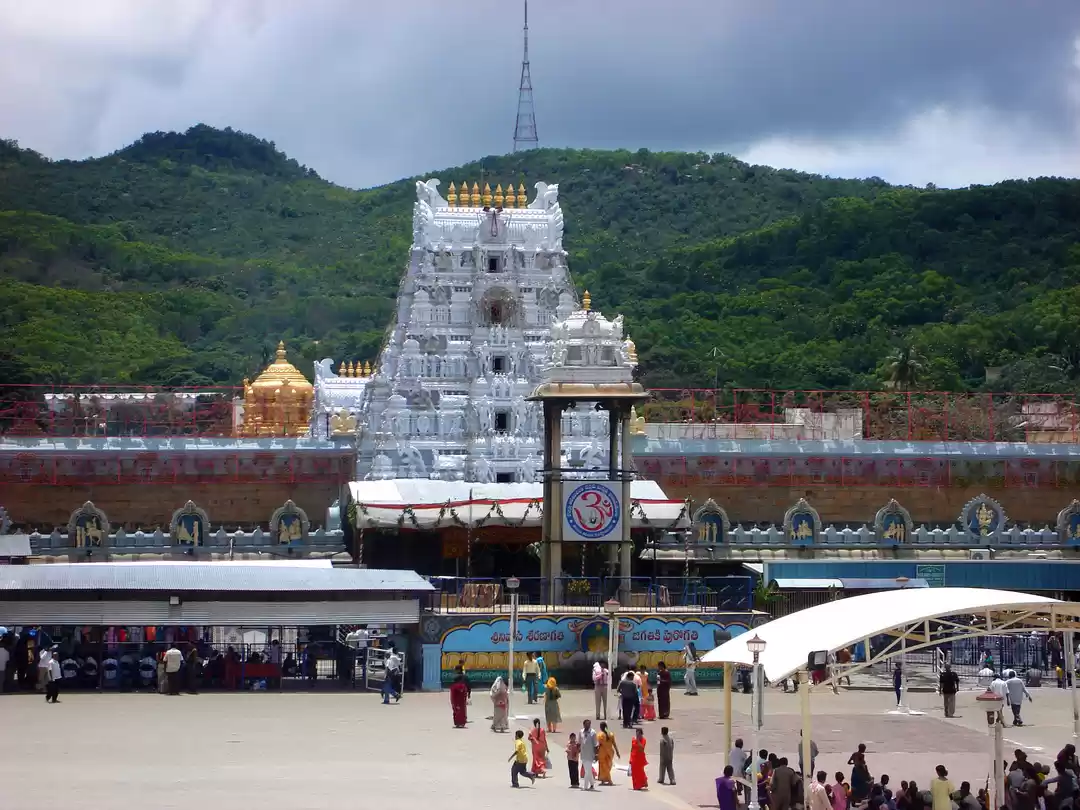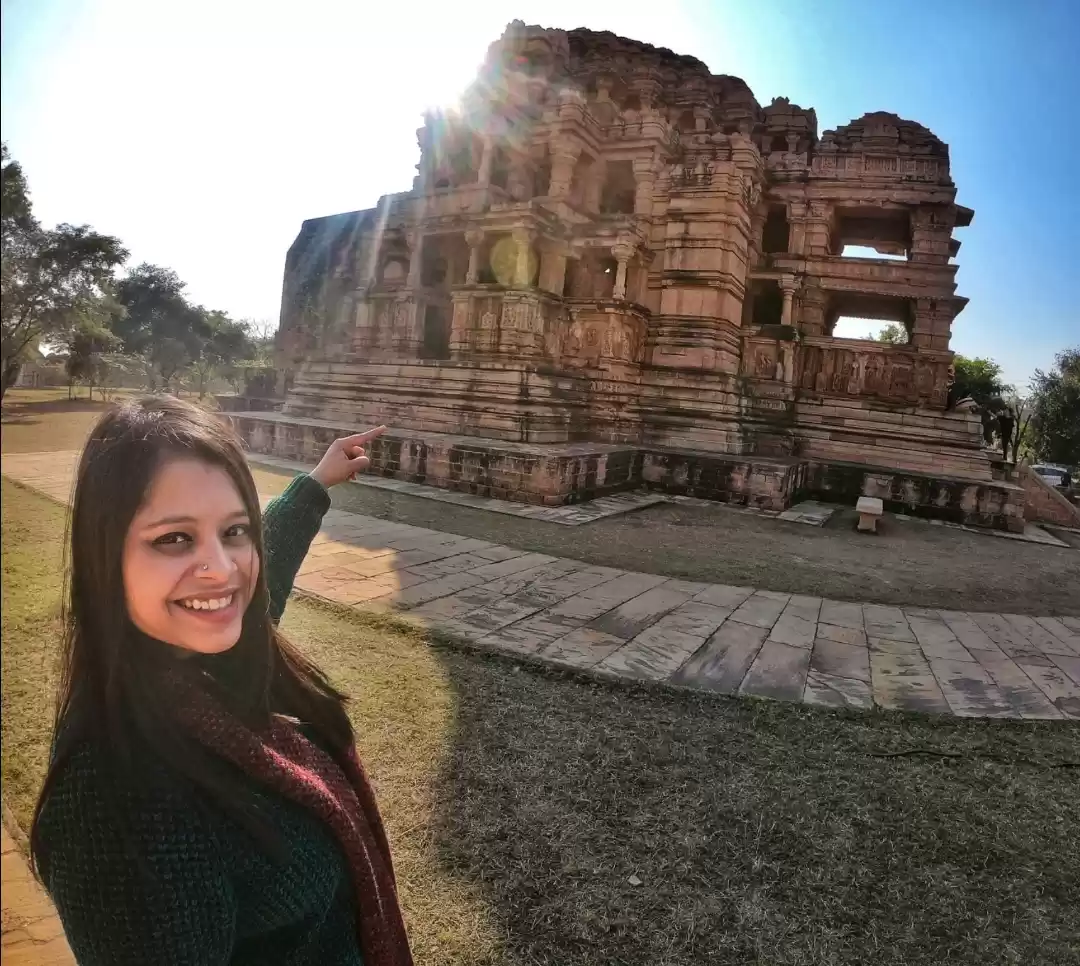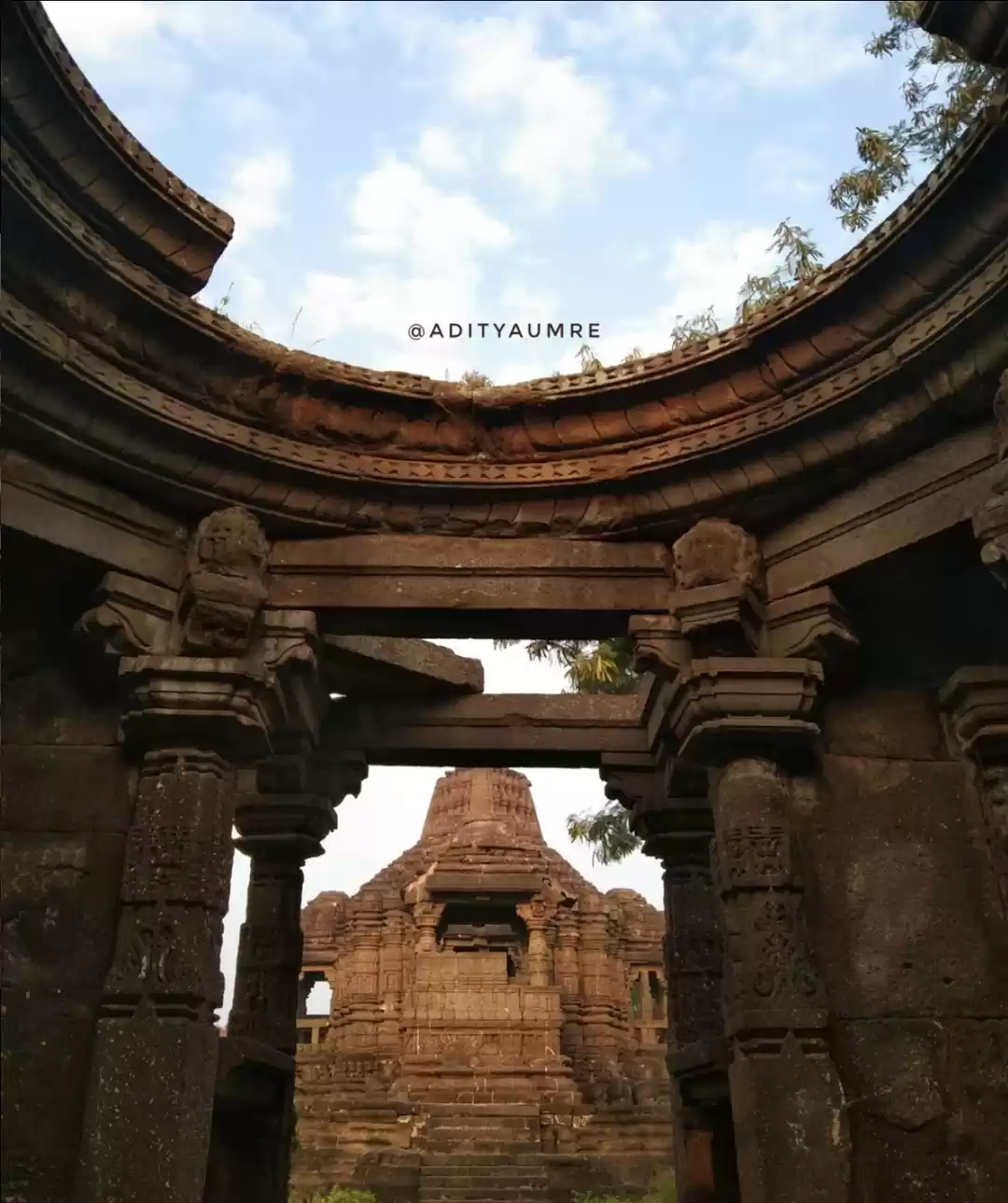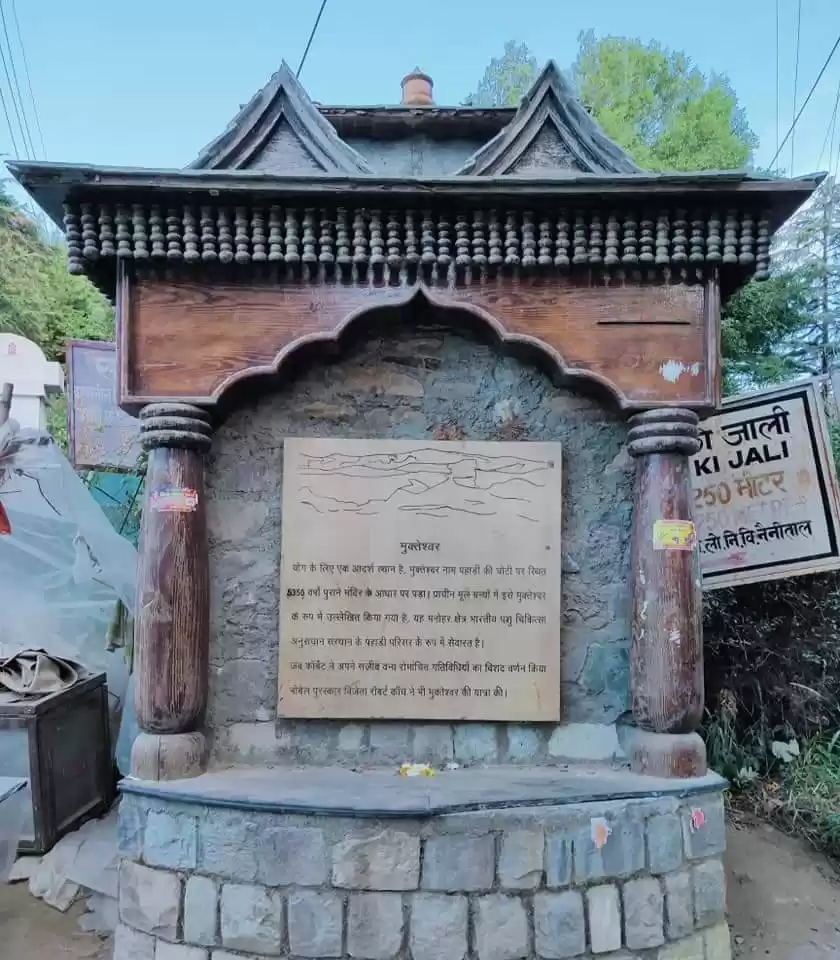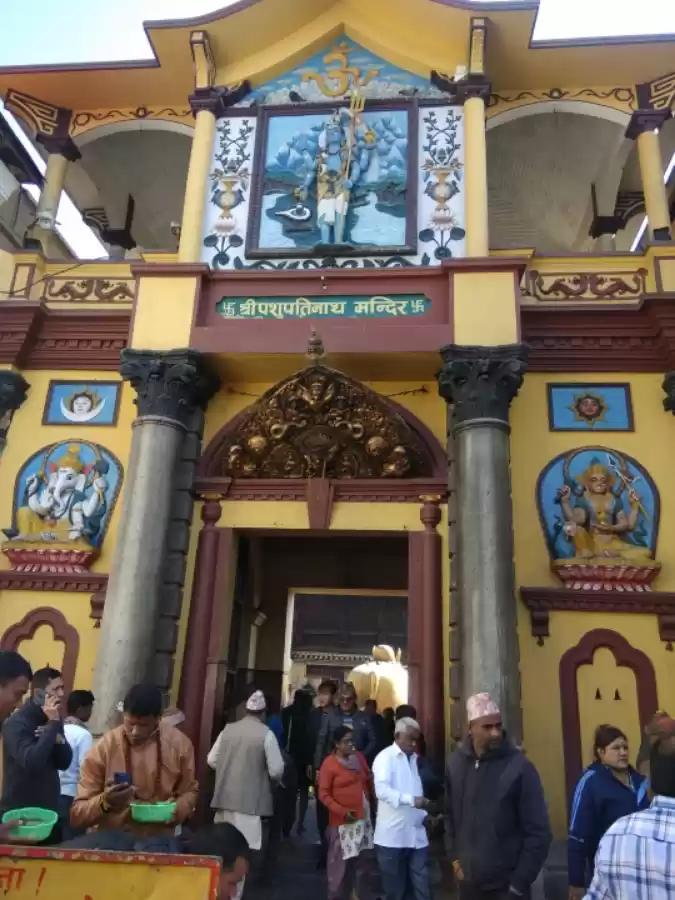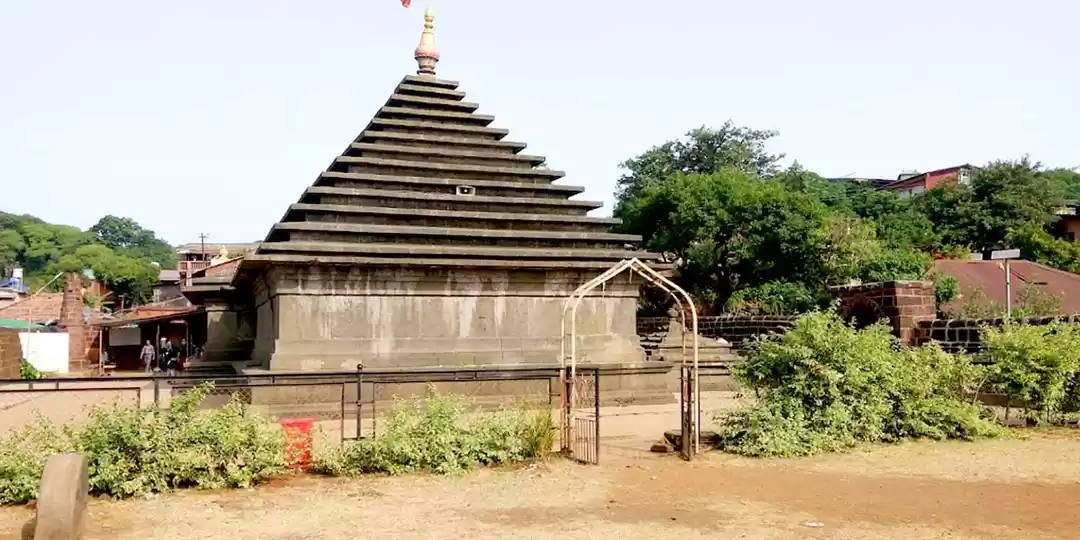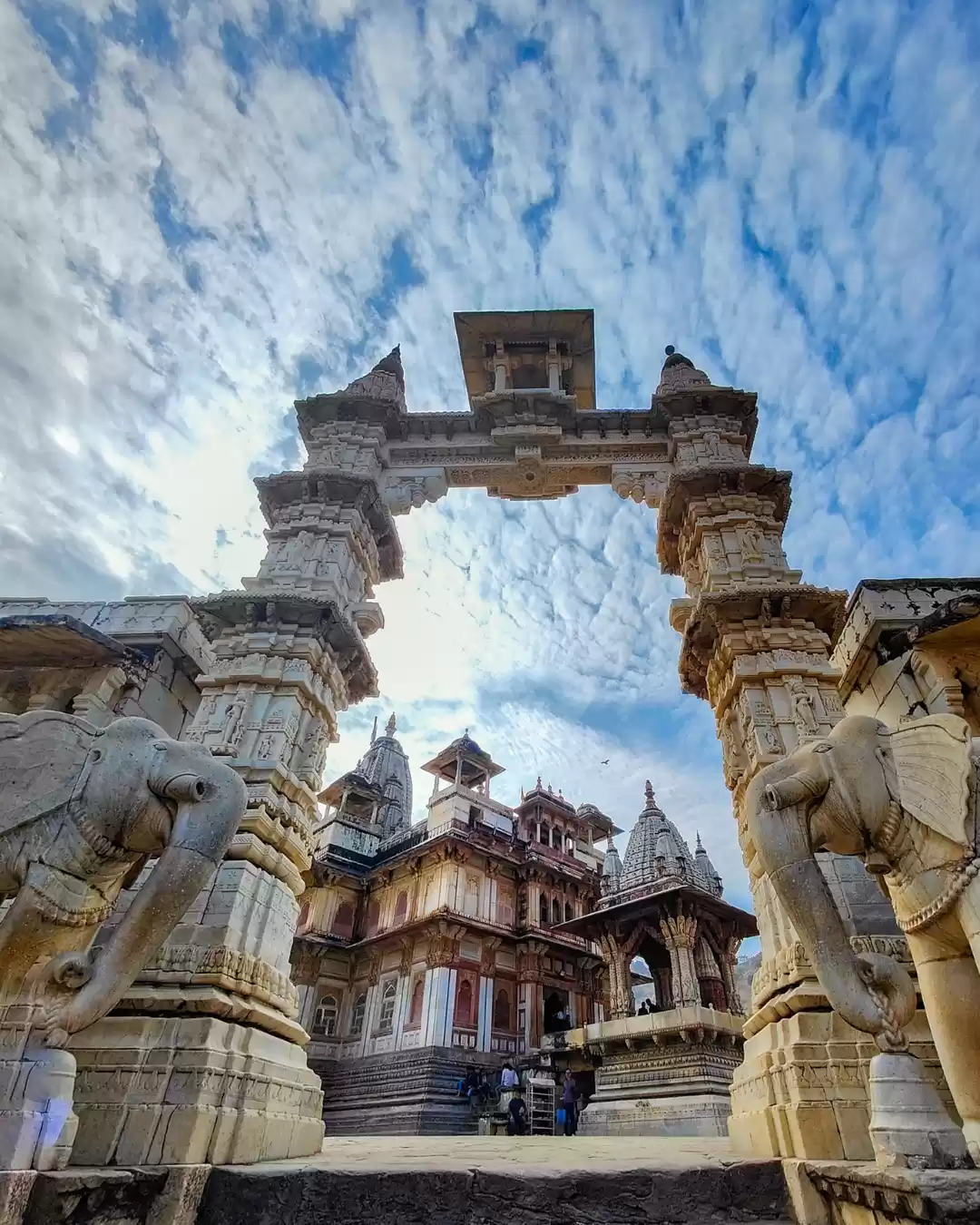Have you ever wondered what it would be like to visit a temple that is surrounded by natural hot water springs, lush green hills, and a tranquil atmosphere? If yes, then you should definitely visit the Vajreshwari Temple in Thane, Maharashtra, India. This ancient temple is dedicated to Goddess Vajreshwari, also known as Goddess Parvati or Shakti, the consort of Lord Shiva and the mother of the universe.
The temple is one of the 51 Shakti Peethas, where the body parts of Goddess Sati fell after she immolated herself in the fire of her father’s yagna. It is believed that the left breast of Goddess Sati fell at this place, and hence the temple is also known as Shri Devi Vajreshwari Yogini Shakti Peetham.
The Vajreshwari Temple is not only a place of worship, but also a place of relaxation and rejuvenation. The temple is located in the small town of Vajreshwari, which is famous for its natural hot water springs that are rich in sulphur and minerals. These springs are said to have healing properties and can cure various skin diseases and ailments. The town is also blessed with scenic beauty and a pleasant climate, making it a perfect getaway from the hustle and bustle of the city life.
If you are looking for a spiritual and soothing experience, then you should definitely plan a trip to the Vajreshwari Temple. In this article, we will provide you with all the information and guidance you need to visit this divine destination.
History of the Vajreshwari Temple
The history of the Vajreshwari Temple dates back to the 8th century AD, when it was built by the Rashtrakuta kings. The temple was originally dedicated to Goddess Renuka, the mother of Parashurama, the sixth avatar of Lord Vishnu. According to legend, Parashurama performed a penance at this place to please his mother, who had been beheaded by his father, the sage Jamadagni. Parashurama also created the hot water springs by striking his axe on the ground.
The temple was later renovated and renamed by the Shilahara kings in the 11th century AD, who worshipped Goddess Vajreshwari as their family deity. The temple was also patronized by the Yadava and Maratha rulers, who made several additions and modifications to the temple structure. The temple was also visited by several saints and sages, such as Nityananda, Ramdas, and Tukaram.

The temple was severely damaged by the Portuguese invaders in the 16th century AD, who looted and destroyed many temples in the region. The temple was also affected by the earthquake of 1737 AD, which caused further damage to the temple. The temple was finally restored and rebuilt by the Peshwa minister Raghunathrao in the 18th century AD, who also constructed a fort around the temple to protect it from future attacks.
The temple has witnessed many historical events and changes, and has survived the test of time. It is a testimony to the faith and devotion of the people who have worshipped and preserved the temple for centuries.
Architecture and Features of the Vajreshwari Temple
The Vajreshwari Temple is a fine example of the Hemadpanthi style of architecture, which is characterized by the use of black basalt stone and lime mortar. The temple has a rectangular shape and is surrounded by a fortified wall with bastions and gates. The temple has a three-tiered shikhara or spire, which is adorned with carvings and sculptures of various deities and motifs. The temple also has a nagarkhana or drum house, which is used to announce the arrival of the deity or the devotees.
The main entrance of the temple is through a large wooden door, which leads to a spacious courtyard. The courtyard has a large water tank in the centre, which is fed by the hot water springs. The courtyard also has several small shrines dedicated to other deities, such as Lord Ganesha, Lord Hanuman, Lord Shiva, Goddess Saraswati, and Goddess Lakshmi.

The main shrine of the temple is located at the end of the courtyard, and is accessed by a flight of steps. The shrine has a mandapa or hall, which has four pillars supporting the roof. The mandapa has a silver-plated door, which leads to the garbhagriha or sanctum sanctorum. The garbhagriha houses the idol of Goddess Vajreshwari, which is made of pindid or black stone. The idol is about four feet high and is seated on a lotus. The idol has eight arms, holding various weapons and symbols, such as a trident, a sword, a shield, a bow, an arrow, a lotus, a conch, and a discus. The idol is also adorned with jewellery and garlands. The idol is flanked by two smaller idols of Goddess Renuka and Goddess Jwalamukhi.
The temple also has a parikrama or circumambulation path, which allows the devotees to walk around the shrine and offer their prayers. The temple also has a pradakshina or outer path, which leads to the Vajreshwari fort. The fort has a watchtower and a cannon, which offer a panoramic view of the town and the surrounding hills.
The Vajreshwari Temple is a marvel of art and architecture, and reflects the rich culture and heritage of the region. The temple is also a symbol of the power and grace of the Goddess, who is worshipped as the destroyer of evil and the bestower of blessings.
Timings and Festivals of the Vajreshwari Temple
The Vajreshwari Temple is open for the devotees from 5:00 AM to 9:00 PM every day. The temple also performs various rituals and ceremonies throughout the day, such as abhishek, aarti, puja, and bhajan. The temple also offers various services and facilities to the devotees, such as prasadam, lockers, restrooms, and parking.
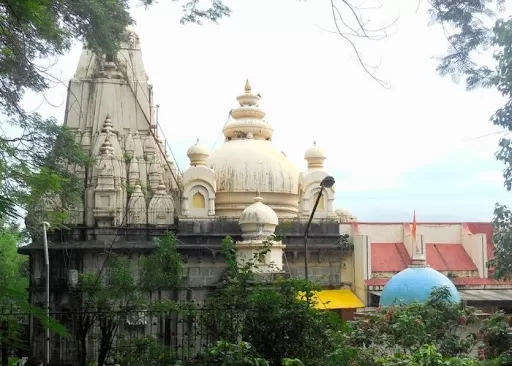
The temple also celebrates various festivals and events throughout the year, which attract thousands of pilgrims and tourists. Some of the major festivals and events are:
Navratri:
This is the most auspicious and popular festival of the temple, which is celebrated for nine nights in the months of September-October and March-April. During this festival, the temple is decorated with lights, flowers, and flags, and the idol of the Goddess is adorned with special attire and ornaments. The devotees perform fasting, dancing, and singing in honour of the Goddess, and seek her blessings for prosperity and happiness. The festival culminates with the Dussehra or Vijayadashami celebration, which marks the victory of good over evil.
Makar Sankranti:
This is another important festival of the temple, which is celebrated on the 14th of January every year. This festival marks the transition of the sun from the southern to the northern hemisphere, and signifies the harvest season and the new year. The devotees offer til-gul or sesame-jaggery sweets to the Goddess and to each other, and exchange greetings and wishes. The devotees also take a holy dip in the hot water springs, and enjoy the kite-flying activity.
Shivaratri:
This is a festival dedicated to Lord Shiva, the consort of Goddess Vajreshwari, which is celebrated on the 13th night of the dark fortnight in the month of February-March. The devotees observe a fast and a night-long vigil, and offer milk, water, flowers, fruits, and leaves to the Shiva linga in the temple. They also chant mantras, hymns, and songs in praise of Lord Shiva, and seek his blessings for health and happiness. The festival is also considered auspicious for marriage and childbirth.
Guru Purnima:
This is a festival dedicated to Guru Nityananda, the renowned saint and yogi who visited and blessed the Vajreshwari Temple in the 20th century AD. The festival is celebrated on the full moon day of the month of July-August. The devotees pay their respects and gratitude to Guru Nityananda, who is regarded as an incarnation of Lord Shiva. They also visit his samadhi or tomb, which is located near the temple, and offer flowers, incense, and prayers. They also listen to his teachings, discourses, and stories, and meditate on his grace and compassion.
These are some of the main festivals and events that are celebrated at the Vajreshwari Temple with great fervour and devotion. The temple also observes other occasions, such as New Year, Diwali, Holi, and Ganesh Chaturthi, and welcomes the devotees with open arms and hearts.
How to Reach the Vajreshwari Temple
The Vajreshwari Temple is located in the Thane district of Maharashtra, which is about 75 km away from Mumbai, the capital city of the state. The temple is easily accessible by various modes of transport, such as road, rail, and air. Here are some of the options to reach the temple:
By Road:
The temple is well-connected by road to Mumbai and other nearby cities, such as Pune, Nashik, Aurangabad, and Ahmednagar. There are regular buses and taxis available from these cities to the temple. The nearest bus stand is at Bhiwandi, which is about 30 km away from the temple. The temple is also reachable by private vehicles, such as cars, bikes, and scooters. The temple has a parking lot where the vehicles can be parked safely and securely.
By Rail:
The nearest railway station to the temple is at Vasai Road, which is about 40 km away from the temple. Vasai Road is a major junction on the Western Railway line, and has trains from Mumbai and other cities, such as Surat, Vadodara, Ahmedabad, Delhi, and Jaipur. From Vasai Road, one can take a bus, a taxi, or a shared auto-rickshaw to the temple.
By Air:
The nearest airport to the temple is the Chhatrapati Shivaji Maharaj International Airport in Mumbai, which is about 80 km away from the temple. The airport has flights from all major domestic and international destinations, such as Delhi, Bangalore, Chennai, Hyderabad, Kolkata, Dubai, Singapore, London, and New York. From the airport, one can take a taxi, a bus, or a train to the temple.
The Vajreshwari Temple is a convenient and comfortable destination to reach from any part of the country or the world. The temple also offers a free shuttle service for the elderly and the disabled, who can avail it from the parking lot to the temple entrance.
Nearby Attractions and Places to Stay
The Vajreshwari Temple is not the only attraction in the town of Vajreshwari. There are many other places to visit and explore near the temple, such as:
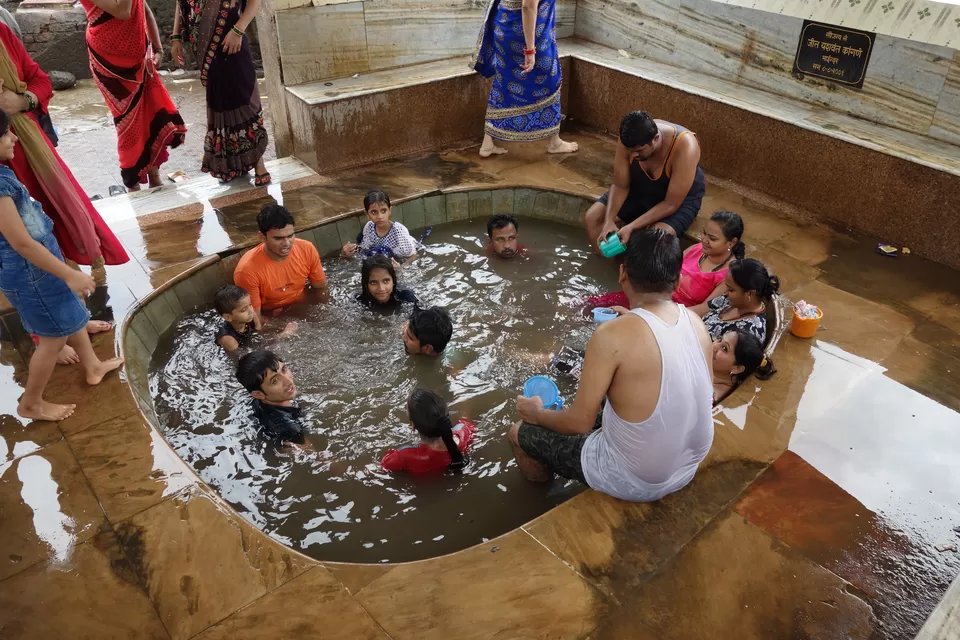
Hot Water Springs:
The town of Vajreshwari is famous for its 21 hot water springs, which are scattered around the temple and the fort. These springs are rich in sulphur and minerals, and have therapeutic and medicinal properties. The springs are also known by different names, such as Akloli Kund, Parshuram Kund, Ganesh Kund, and Sita Kund. The devotees and the tourists can take a bath or a dip in these springs, and enjoy the warmth and the relaxation. The springs are also a natural spa and a beauty treatment, as they can cleanse and rejuvenate the skin and the body.

Vajreshwari Fort:
The Vajreshwari Fort is a historical and archaeological site, which was built by the Peshwa minister Raghunathrao in the 18th century AD. The fort was constructed to protect the temple from the Portuguese and the British invaders. The fort has a circular shape and is surrounded by a moat. The fort has a watchtower and a cannon, which offer a panoramic view of the town and the surrounding hills. The fort also has a museum, which displays various artifacts, weapons, and coins from the past. The fort is a must-visit for the history and culture enthusiasts, who can learn more about the glory and the struggle of the region.
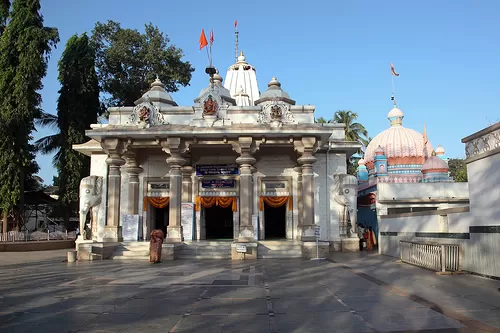
Nityanand Mandir:
The Nityanand Mandir is a spiritual and peaceful place, which is dedicated to Guru Nityananda, the renowned saint and yogi who visited and blessed the Vajreshwari Temple in the 20th century AD. The mandir is located near the samadhi or tomb of Guru Nityananda, which is a white marble structure with a golden dome. The mandir has a large hall, where the devotees can sit, meditate, and chant the name of Guru Nityananda. The mandir also has a library, which has a collection of books, magazines, and audio-visual materials on the life and teachings of Guru Nityananda. The mandir is a must-visit for the spiritual seekers, who can experience the grace and the compassion of Guru Nityananda.
Nearby Attractions and Places to Stay
The Vajreshwari Temple is not the only attraction in the town of Vajreshwari. There are many other places to visit and explore near the temple, such as:
Ganeshpuri:
Ganeshpuri is a neighbouring town of Vajreshwari, which is about 3 km away from the temple. Ganeshpuri is also a spiritual centre, which is associated with Guru Nityananda and his disciple Swami Muktananda. Ganeshpuri has several temples, ashrams, and hot water springs, which attract many pilgrims and tourists. Some of the main attractions of Ganeshpuri are:
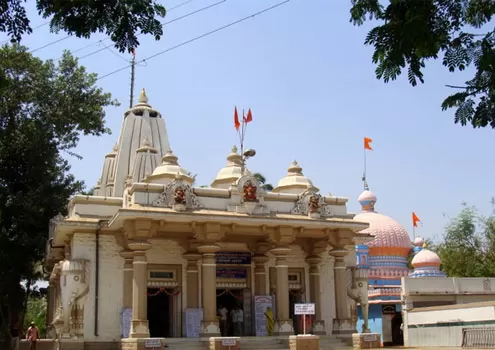
Shiva Temple: This is an ancient temple dedicated to Lord Shiva, which is located on the banks of the Tansa River. The temple has a beautiful idol of Lord Shiva, which is said to have been installed by Guru Nityananda himself. The temple also has a large bell, which was donated by the Peshwa king Baji Rao II. The temple is a serene and sacred place, where the devotees can offer their prayers and receive the blessings of Lord Shiva.
Akoli Kund: This is a natural hot water spring, which is located near the Shiva Temple. The spring is also known as Agni Kund, as it is believed to have been created by the fire god Agni. The spring has a high temperature and a high sulphur content, which makes it therapeutic and medicinal. The spring is also a popular spot for bathing and relaxing, as it can soothe and heal the body and the mind.
Gurudev Siddha Peeth: This is a spiritual retreat and a meditation centre, which was established by Swami Muktananda in the 1950s. The centre is also the headquarters of the Siddha Yoga movement, which is a global community of spiritual seekers. The centre has a beautiful campus, which has a temple, a garden, a library, and a museum. The centre also offers various programs and courses on yoga, meditation, chanting, and spiritual teachings. The centre is a must-visit for those who want to learn and practice the Siddha Yoga path, and experience the joy and peace of the inner self.
Tungareshwar:
Tungareshwar is a hill station and a wildlife sanctuary, which is about 25 km away from the Vajreshwari Temple. Tungareshwar is a paradise for nature lovers and adventure seekers, as it offers a breathtaking view of the Western Ghats and a rich biodiversity of flora and fauna. Tungareshwar has several attractions, such as:

Tungareshwar Temple: This is an ancient temple dedicated to Lord Shiva, which is located on the top of the Tungareshwar Hill. The temple is also one of the 12 Jyotirlingas, which are the self-manifested forms of Lord Shiva. The temple is a pilgrimage site, where the devotees can offer their prayers and receive the blessings of Lord Shiva. The temple also has a waterfall, which is considered holy and purifying.
Tungareshwar Wildlife Sanctuary: This is a protected area, which covers an area of about 85 sq km. The sanctuary is home to a variety of wildlife, such as leopards, barking deer, wild boar, monkeys, porcupines, and birds. The sanctuary also has a dense forest, which has a diverse vegetation, such as teak, bamboo, mango, and jamun. The sanctuary is a must-visit for those who want to explore and enjoy the natural beauty and the wildlife of the region.
Manas Mandir: Manas Mandir is a Jain temple and a spiritual complex, which is about 40 km away from the Vajreshwari Temple. Manas Mandir is a magnificent and modern structure, which is built with white marble and glass. The temple is dedicated to the 24 Tirthankaras or the enlightened masters of Jainism, whose idols are installed in the temple. The temple also has a museum, which displays various artifacts, paintings, and sculptures related to Jainism. The temple also has a garden, a library, and a cafeteria. The temple is a must-visit for those who want to know and appreciate the philosophy and the culture of Jainism.
These are some of the nearby attractions that you can visit and explore near the Vajreshwari Temple. You can also find many places to stay near the temple, such as hotels, resorts, guest houses, and homestays. Some of the popular and recommended places to stay are:

Anand Resort:
This is a luxury resort, which is located near the Akloli Kund. The resort has spacious rooms, swimming pool, spa, restaurant, and conference hall. The resort also offers activities such as boating, fishing, cycling, and camping. The resort is a perfect choice for those who want to pamper themselves and enjoy the facilities and the services of the resort.

Ganeshpuri Ashram:
This is a simple and serene ashram, which is located near the Gurudev Siddha Peeth. The ashram has basic rooms, dormitories, kitchen, and dining hall. The ashram also offers programs and courses on yoga, meditation, chanting, and spiritual teachings. The ashram is a perfect choice for those who want to immerse themselves in the spiritual atmosphere and the Siddha Yoga practice of the ashram.
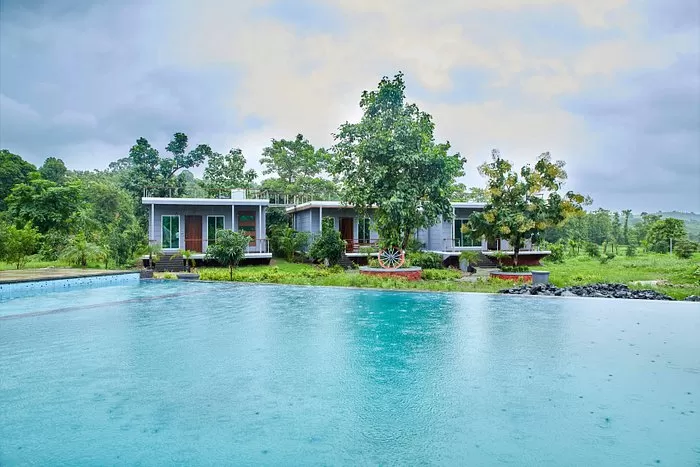
Tungareshwar Farm House:
This is a cozy and comfortable farm house, which is located near the Tungareshwar Wildlife Sanctuary. The farm house has well-furnished rooms, garden, terrace, and parking. The farm house also offers activities such as trekking, birdwatching, barbecue, and bonfire. The farm house is a perfect choice for those who want to relax and enjoy the nature and the wildlife of the region.
These are some of the places to stay near the Vajreshwari Temple, which can suit your budget, preference, and purpose. You can also find other options online or offline, and book your accommodation in advance.
Tips and Recommendations for Visitors
The Vajreshwari Temple is a wonderful and worthwhile destination to visit, and we hope that this article has provided you with all the information and guidance you need to plan your trip. However, before you pack your bags and head to the temple, here are some tips and recommendations that you should keep in mind to make your trip safe, smooth, and enjoyable:
1. Carry a valid ID proof, such as passport, driving license, or voter ID card, as you may need it for verification or booking purposes.
2. Wear comfortable and modest clothes, such as cotton, linen, or khadi, as the weather can be hot and humid. Avoid wearing synthetic, tight, or revealing clothes, as they may cause discomfort or offence. Also, wear appropriate clothes while visiting the temple, such as covering your head, shoulders, and knees.
3. Carry essential items, such as water, snacks, sunscreen, hat, sunglasses, umbrella, camera, phone, charger, power bank, cash, cards, medicines, and first-aid kit. These items will help you to stay hydrated, nourished, protected, connected, and prepared for any emergency or situation.
4. Respect the culture, tradition, and sentiments of the local people and the temple authorities. Follow the rules and regulations of the temple, such as removing your shoes, washing your hands and feet, maintaining silence, and not taking photos or videos inside the temple. Also, greet the local people with a smile and a namaste, and ask for their permission before taking their photos or interacting with them.
5. Enjoy the experience and the journey of visiting the Vajreshwari Temple. Do not rush or skip any part of the trip, but take your time and explore the beauty and the diversity of the region. Also, share your feedback and reviews with us and other travellers, and recommend the destination to your friends and family.
We hope that this article has inspired you to visit the Vajreshwari Temple, and has provided you with all the information and guidance you need to plan your trip. We also hope that you have a safe, smooth, and enjoyable trip, and that you return with memories and stories to cherish for a lifetime.
Thank you for reading this article, and we hope to see you soon at the Vajreshwari Temple. Namaste!

